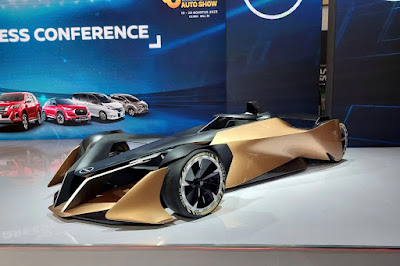
Rare ONES - Dreaming of designing and building a unique car is a common fantasy for car enthusiasts around the world. The thought of not just owning, but creating a vehicle that stands apart from anything else on the road is an alluring idea. While most of us may leave this dream on the drawing board, there are rare instances where someone dares to turn their...






